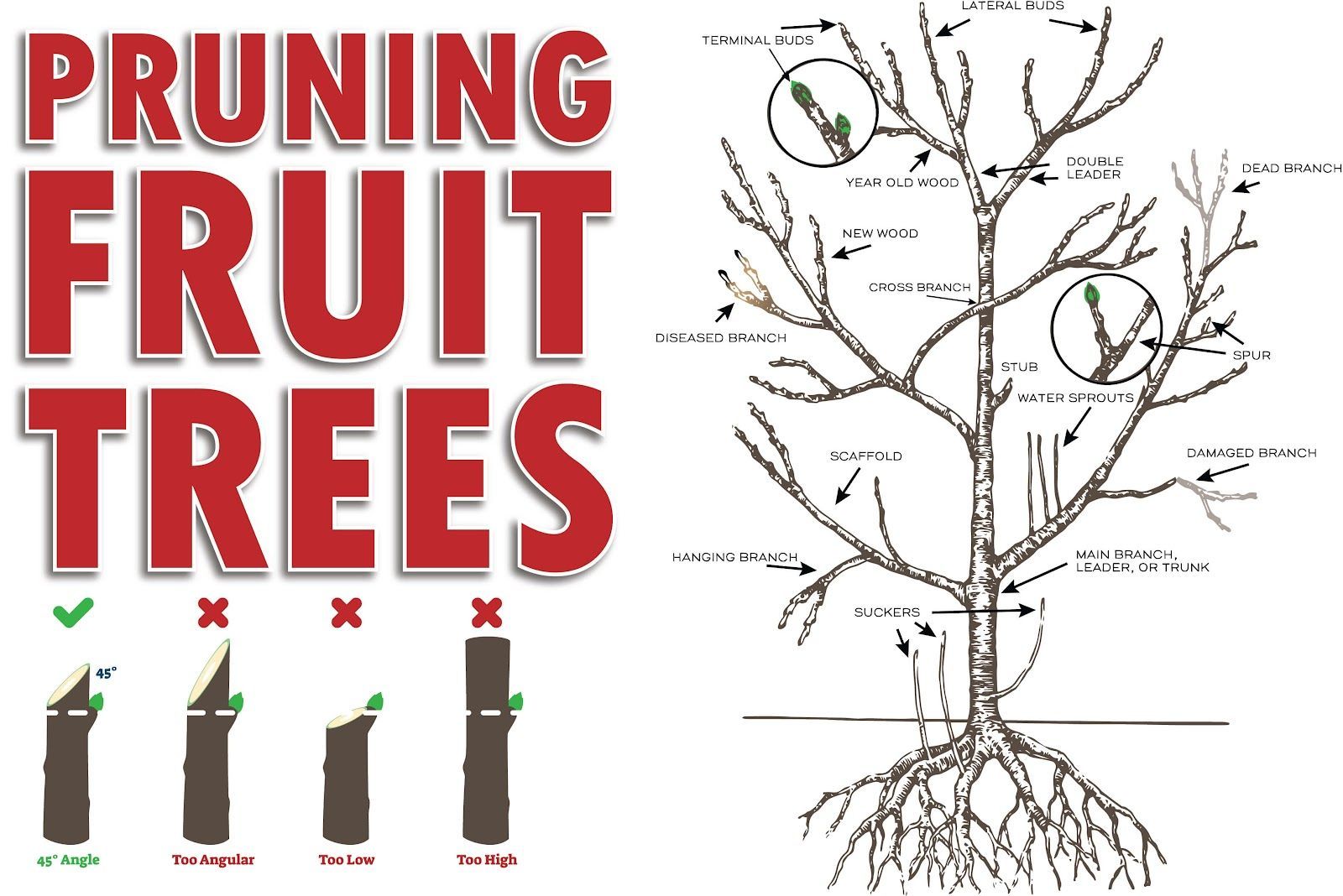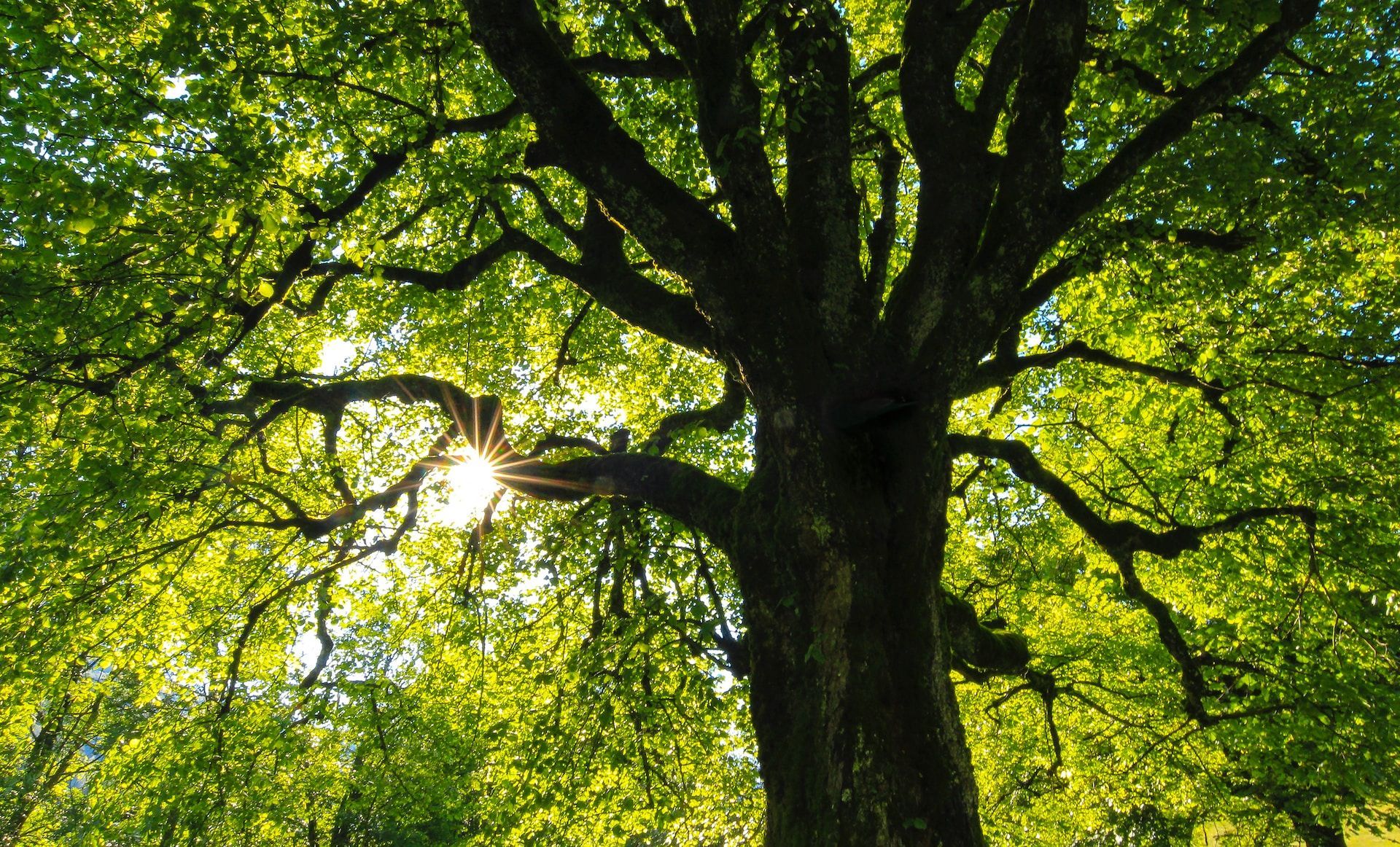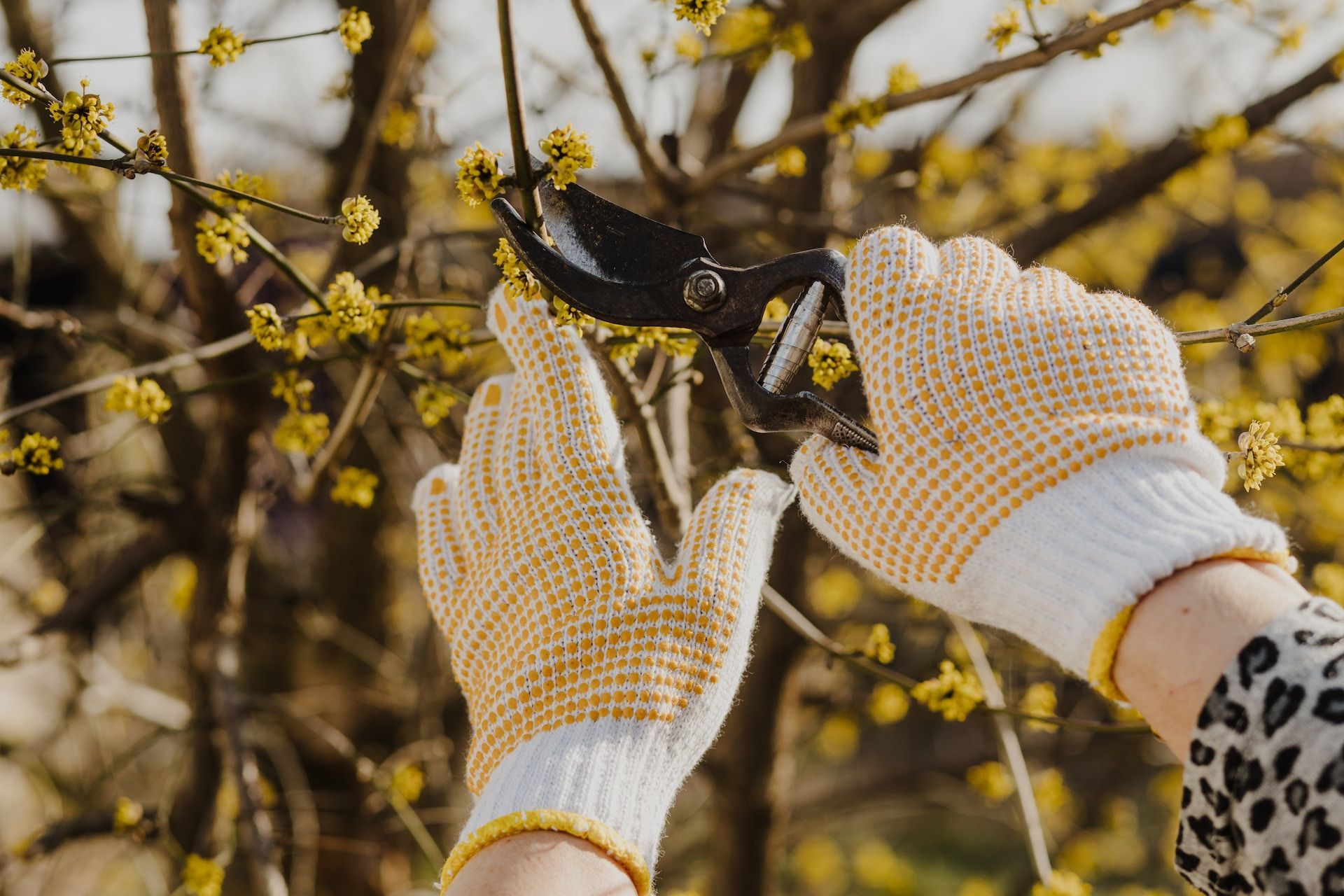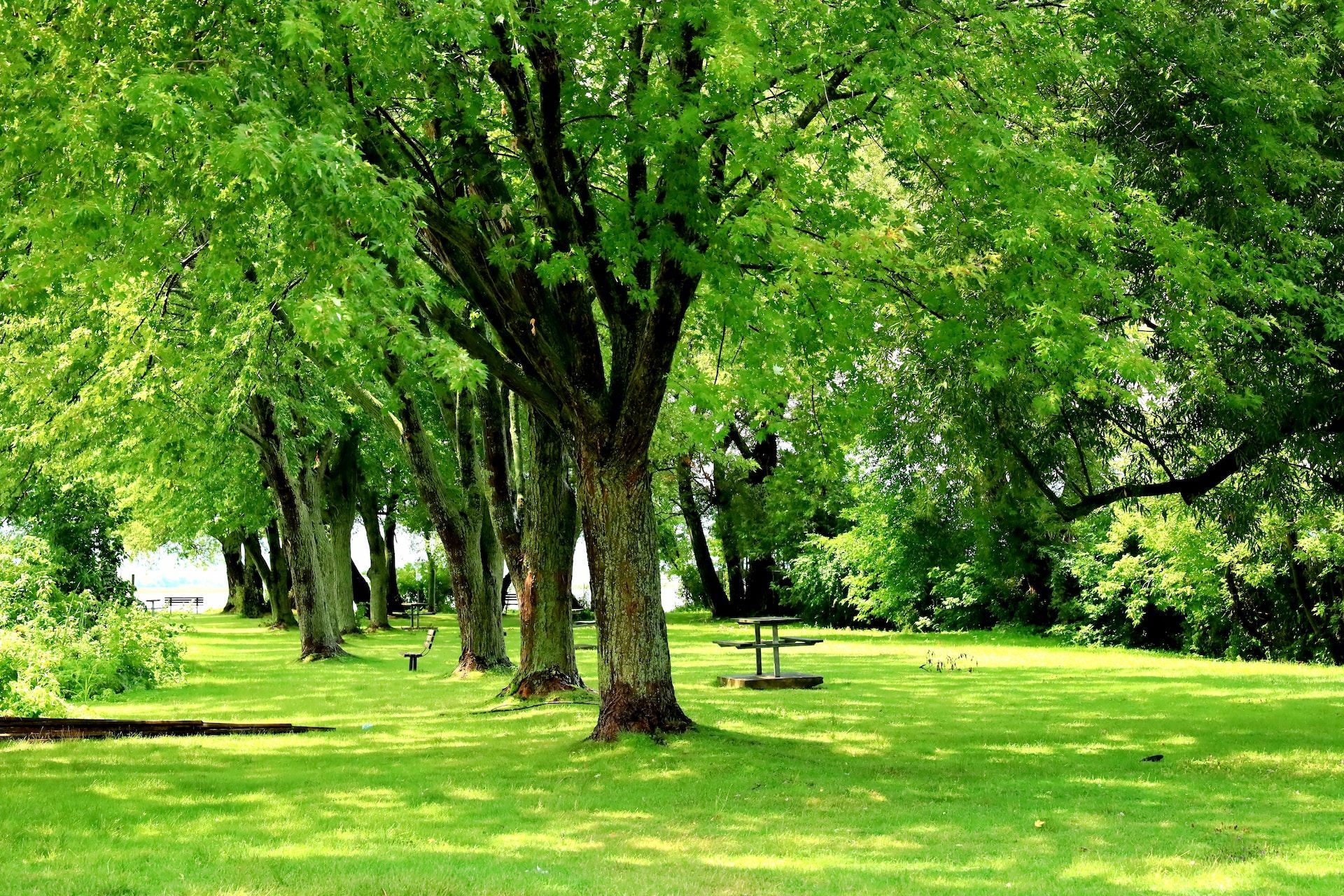The Art of Tree Stump Removal: Methods, Tips, and Best Practices
Tree stump removal can be a challenging and time-consuming task, but it's an essential process for eliminating potential hazards, revitalizing your landscape, and creating a safe, aesthetically pleasing outdoor environment. At Climber’s Choice Tree Care, our experienced tree care professionals are committed to providing comprehensive guidance on the various methods, tips, and best practices for effective tree stump removal, ensuring you achieve remarkable results that enhance the value and appeal of your property.
When a tree is removed, its stump remains, often proving to be an unsightly obstacle that can impede landscaping efforts and cause safety concerns. Tree stumps can also attract pests, hinder new growth, and even spread fungal diseases among nearby trees. Given these potential issues, it's important for property owners to understand the various methods available for tree stump removal, as well as the best approach to undertake the task safely and effectively.
In this guide, we will explore the different techniques commonly employed in tree stump removal, weigh the pros and cons of each method, and provide valuable tips for selecting the most effective approach to eliminate tree stumps from your landscape. Our goal is to empower you with the knowledge and confidence necessary to tackle tree stump removal head-on, creating a beautiful, hazard-free landscape you can be proud of.
Tree Stump Removal Methods
Numerous methods exist for removing tree stumps, ranging from DIY techniques to hiring professional tree care services. Understanding the advantages and disadvantages of each approach can help you make an informed decision based on your needs, budget, and desired outcome. Four of the most popular tree stump removal methods are:
1. Manual Removal
For smaller stumps, manual removal using a shovel, mattock, or hand saw may be feasible. This method can be labor-intensive, but it allows for precise control and may be cost-effective for smaller stumps.
2. Chemical Stump Removers
Chemical stump removers break down the stump's remaining wood fiber using potassium nitrate or other similar compounds. This method is less labor-intensive but can take several weeks or even months to fully decompose the stump.
3. Stump Grinding
For a quicker and more efficient removal, stump grinding involves using a specialized machine to grind the stump down to ground level or below. This method is much faster than chemical removal but may leave some underground roots intact.
4. Professional Tree Stump Removal Services
Entrusting the task to professionals ensures a safe and efficient removal process, with the added benefit of expert guidance, equipment, and experience.
By evaluating these methods, you can determine the best approach for your specific tree stump removal needs.
Safety Tips for DIY Tree Stump Removal
If you decide to tackle tree stump removal on your own, it's crucial to prioritize safety. Here are some essential safety tips to consider:
1. Wear appropriate protective gear, including gloves, safety goggles, long pants, and sturdy boots to safeguard against potential injuries.
2. Clear the area of debris and ensure a stable working surface to minimize the risk of accidents.
3. Be mindful of utility lines, both above and below ground, and take care to avoid contact with any power, water, or gas lines.
4. Use tools and equipment properly, adhering to the manufacturer's safety guidelines and instructions.
By following these safety precautions, you can reduce the risks associated with DIY tree stump removal.
Best Practices for Selecting a Professional Tree Stump Removal Service
If you choose to hire a professional tree stump removal service, it's important to take the following steps to ensure you find a reputable and reliable provider:
1. Research Providers: Look for well-reviewed, certified arborists or established tree care companies with positive customer reviews.
2. Request Multiple Quotes: Obtain quotes from several providers to compare pricing, services, and availability.
3. Ask for Proof of Insurance: Ensure the company carries both liability and workers' compensation insurance to protect yourself from potential damages or accidents.
4. Verify Credentials: Check for professional certifications and other industry memberships or accreditations that signify expertise and professionalism.
By following these best practices, you can confidently select an experienced, reliable tree stump removal provider.
Techniques for Landscape Restoration Post-Stump Removal
After removing a tree stump, you may be left with a hole or patch of bare ground in your landscape. To restore the area and return it to its former beauty, consider these restoration techniques:
1. Fill the Hole: Fill the hole with topsoil, making sure to pack it firmly to minimize the risk of ground settling.
2. Level the Ground: Use a rake or other landscaping tool to create a smooth, level surface where the stump once stood.
3. Plant Grass or Sod: Lay sod or sprinkle grass seed over the area to return the spot to a vibrant, green lawn.
4. Consider New Plantings: Alternatively, the area can be transformed into a garden bed, or you may plant a new sapling as a replacement for the removed tree.
By following these restoration steps, you can effectively return your landscape to its original beauty, creating a safe and visually appealing environment for all to enjoy.
Conclusion
Tree stump removal is a crucial process for addressing both safety and aesthetic concerns. By understanding the various methods available, prioritizing safety during DIY efforts, or selecting a professional tree stump removal service, you can meet the challenge head-on and achieve impressive results. Moreover, following post-stump removal landscape restoration techniques can help you revitalize your outdoor space, providing a beautiful, hazard-free environment for you and your family to enjoy. At Climber’s Choice Tree Care, our dedicated team of
local tree trimmers and tree care professionals is here to support your tree stump removal needs, offering expert guidance and services to ensure that your landscape remains vibrant, healthy, and visually stunning year-round.







